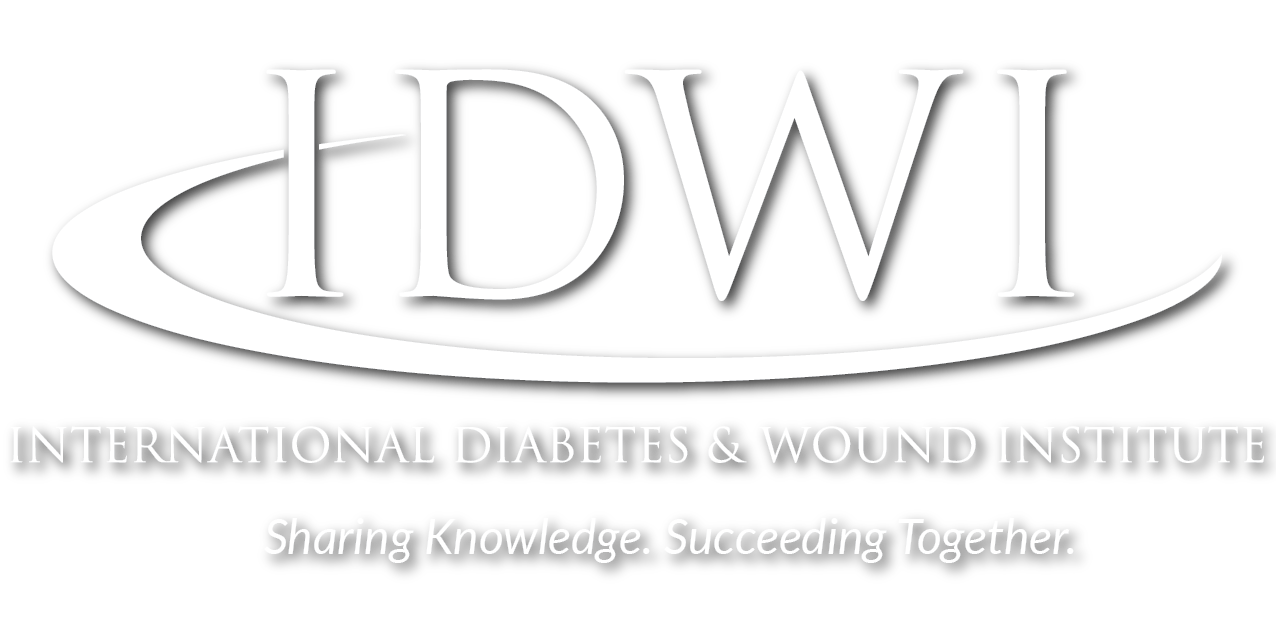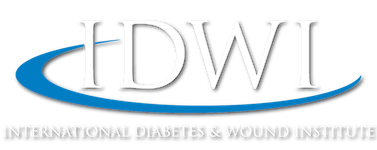Course Curriculum
Course Goals:
- Understand general wound physiology and be able to apply this to your diabetic patients
- Understand the effect that different types of wounds have on the medical condition of your diabetic patients
- Be able to clinically assess wounds and identify the etiology
- Develop a wound care plan based on etiology and characteristics
- Learn basic Podiatric Medicine and relevant factors relating to diabetic wounds
- Learn basic foot care: proper care of skin, nails and circulation
- Learn comprehensive diabetic foot exam
- Learn to use standard procedures in documenting wounds
- Learn wound dressings and when to use different ones
- Learn offloading techniques for pressure wounds
- Learn vascular testing of lower extremity circulation
- Learn about wound technologies: biologicals, wound vacs, hyperbaric oxygen
- Help reduce the incidence of diabetic foot complications
- Help reduce the number of patients needing surgical intervention
Successful completion of this course can lead to certification in diabetic wound specialist. The knowledge you earn by taking this course should help you prevent diabetic foot complications and reduce the number of your diabetic patients requiring surgical intervention.
On Site Curriculum: 3-Day Course
Day 1:
8:00 AM: Registration and Welcome
8:30 AM: Wound Physiology and Wound Healing Basics
9:00 AM: Vascular Wounds: Venous and Arterial
9:30 AM: Neuropathic and Diabetic Wounds
10:00 AM: Other wounds: infectious, cancerous, traumatic
10:30 AM: Break, visit sponsors
11:00 AM: Measuring and documenting wounds
Noon: Lunch
1:00 PM: Lower Extremity Anatomy
1:30 PM: Gait Cycle, Biomechanics
2:00 PM: Comprehensive Foot Examination
3:00 PM: Break
3:30 PM: Common Foot Pathologies
4:00 PM: Charcot
4:30 PM: Panel Discussion and Questions
5:30 PM: End of First Day
Day 2:
8:00 AM: Welcome and Announcements
8:30 AM: Etiology of Diabetic Wounds
9:00 AM: Comprehensive Plan for Diabetic Wounds
9:30 AM: Offloading techniques, part 1 (nonsurgical)
10:00 AM: Break
10:30 AM: Offloading techniques, part 2 (surgical)
11:00 AM: Medical team approach to diabetic wounds
11:30 AM: Panel Discussion and Questions
Noon: Lunch
1:00 PM: Podiatric Dermatology
1:30 PM: Toenails
2:00 PM: Preventative Diabetic Foot Care, part 1
2:30 PM: Break
3:00 PM: Preventative Diabetic Foot Care, part 2
3:30 PM: Osteomyelitis
4:00 PM: Pharmacology
4:30 PM: Panel Discussion and Questions
5:00 PM: End Day 2
Day 3:
8:00 AM: Welcome and Announcements
8:30 AM: Wound Dressing Options
9:00 AM: Proper Application of Wound Dressings
9:30 AM: Choosing the Correct Dressing for Each Patient
10:00 AM: Break
10:30 AM: Biological Dressing
11:00 AM: Wound Vacuums
11:30 AM: Hyperbaric Oxygen
Noon: Lunch
1:00 PM: Other Wound Technologies
1:30 PM: Amputation
2:00 PM: Diabetic shoes, socks, insoles, etc.
2:30 PM: Break
3:00 PM: Effect of diabetic foot complications to the patient
3:30 PM: Effect of diabetic foot complications on society
4:00 PM: International Amputation Prevention Models
5:00 PM: End of Day 3

